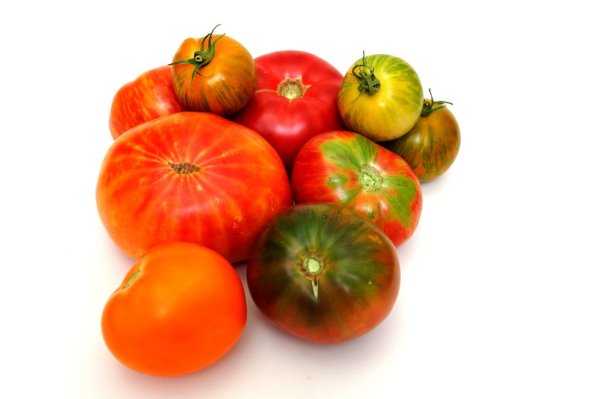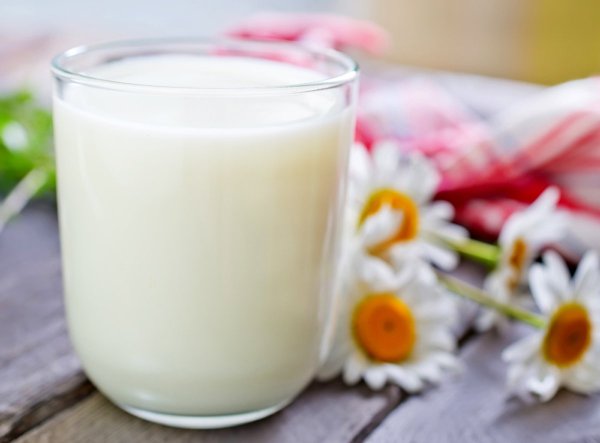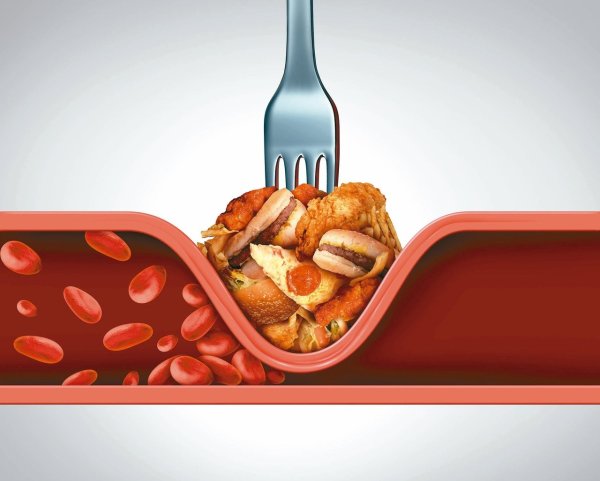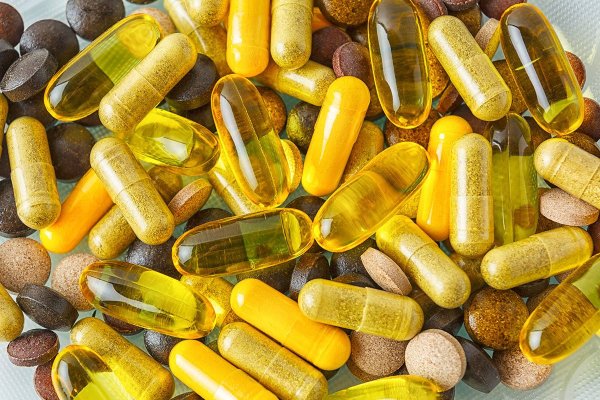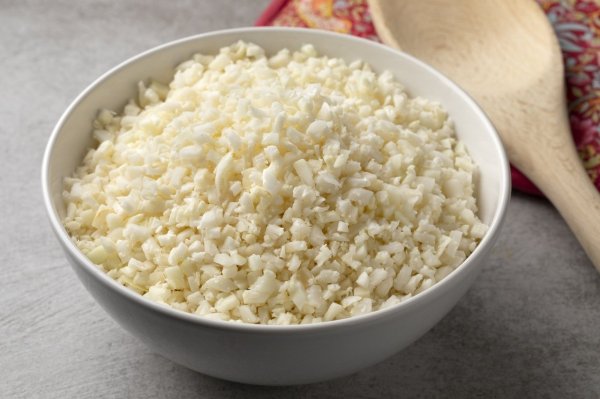What exactly is Group B? The answer may make you stunned: Just a hard-boiled vitamin mix
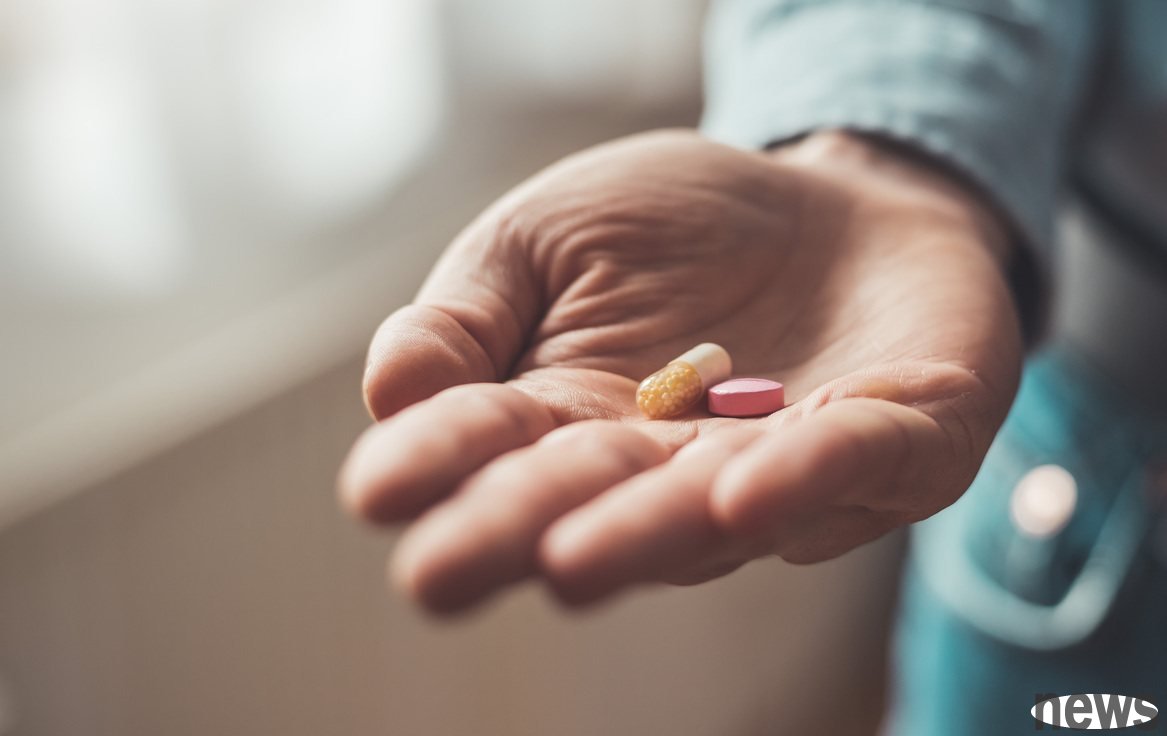
I posted on 2025-7-17 that the number of vitamin B6 poisoning cases has continued to increase. Three days later, reader KenSu discussed two articles in the response column. The first article is the Effect of B-vitamin therapy on progression of diabetic nephropathy: a randomized controlled trial published in 2010. Its conclusion is: high doses of group B vitamins lead to a significant decrease in the rate of pellet filtering and an increase in vascular events.
The second article is the Vitamin B complex supplementation as a homocysteine-lowering therapy for early stage diabetic nephropathy in pediatric patients with type 1 diabetes: A randomized controlled trial (A randomized controlled trial) published in 2020. Its conclusion is that vitamin B group may be a safe and effective strategy for treating early kidney disease in children with type 1 diabetes.
So, the first article said that vitamin B group is harmful, and the second article said that vitamin B group is beneficial, and this is what readers KenSu tried to clear.
Before continuing the discussion, we must first figure out what the so-called "vitamin B group" is. I published Vitamin: Definition on 2019-9-5, and found that there is a passage in this category: Ideally, each vitamin should be named A, B, C, D, etc. according to the discovered order of succession. However, since every vitamin discovery process is confusing and complicated, the existing vitamin types are actually very confusing and even ridiculous. Especially the "B Group" that everyone is familiar with is even more ridiculous and serious. The eight vitamins included in this so-called "group B" include B1, B2, B3, B5, B6, B7, B9, and B12, not only are they completely different in chemical structures, but also have no function. The reason why they are tied together is not only beneficial to the manufacturer's marketing, but it can be said that there is no reason.
Therefore, "B Group" contains 8 completely different vitamins. However, whether it is a commercially available supplement or analytical research papers, most of them are corner cuts. For example, the "Halitarianism" sold in Taiwan is called "Group B", but it actually only contains three vitamins. Please see Helita, garlic flavor, and IQ tax.
For example, the two above articles, although the titles are called "group B", they actually only used three vitamins. The 2010 article used B6, B9 and B12, while the 2020 article used B1, B6 and B12.
"Group B is water-soluble, so it is safe" is a deeply rooted discussion, but unfortunately, their poisoning cases are long-standing. For B3 poisoning, please see the anti-aging drug - cardiovascular disease risks of Vitamin B3 and glaucoma: Vitamin B3, hepatotoxicity. For B6 poisoning, please see the number of Vitamin B6 poisoning cases continues to increase. For B9 poisoning, please see the adverse effects of excessive leaf acid implantation.
Vitamin B9 is also called "leaf acid", but unfortunately, there are actually two types of "leaf acid", and the Chinese version of these two "leaf acids" are both "leaf acid", so they cannot be explained in Chinese.
The two types of "leaf acid" are Folate and Folic acid in English. Folate is widely present in various foods, and through the intake of these foods, it is beneficial to our health. On the contrary, Folic acid is synthetic, and it is the vitamin B9 in the so-called group B supplement or leaf acid supplement. The health hazards of vitamin B9 or leaf acid in the literature refer to Folic acid. In fact, large doses of Folic acid are kidney toxins, so they are animal models that can be used to make kidney disease. Please see Folic acid-induced animal model of kidney disease.
The study on whether vitamin B9 or leaf acid can improve kidney disease is almost all conducted with Folic acid, and the results are all about Folic acid and cannot improve kidney function or its concomitant disease. However, higher dietary Folate intake was found to be related to all-cause death and reduced end-stage kidney disease risk. Please see
2012: The effect of felic acid based homocysteine lowering on cardiovascular events in people with kidney disease: systematic review and meta-analysis. Conclusion: Folic acid-based treatment plans are not applicable to prevent cardiovascular events in patients with kidney disease.
2013: Effect of felic acid, vitamin B6 and vitamin B12 supplementation on mortality and cardiovascular complication among patients with chronic kidney disease: an evidence-based case report — based on evidence-based case report). Conclusion: Folic acid, vitamin B6 and vitamin B12 treatment cannot reduce cardiovascular disease and mortality in patients with chronic kidney disease.
2016: Is felic acid supplementation useful for chronic kidney disease? (Is leaf acid supplementation useful for chronic kidney disease?). Conclusion: Folic acid supplementation cannot reduce the risk of myocardial infarction or mesotherapy in patients with chronic kidney disease.
2024: Relationship of dietary intake of food folate and synthetic felic acid intake from fortified foods with all-cause mortality in individuals with chronic kidney disease (relationship of dietary leaf acid intake of patients with chronic kidney disease and all-cause mortality). Conclusion: Higher dietary natural leaf acid intake (rather than enhanced synthetic leaf acid in food) is associated with all-cause death and reduced end-stage kidney disease risk.
So, I can say with certainty to read KenSu that the current evidence shows that group B supplements containing Folic acid cannot improve the condition of patients with kidney disease, but consuming Folate from food may improve the condition.
Original text: Can vitamin B group improve kidney disease?






